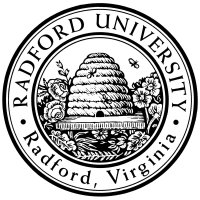home—lectures—recipe—exams—hws—D2L—zoom (snow day)
hw02
- Due
2020-Sep-01 (Wed) at the start of class.
- Reading: §§2.1– 2.3 of the text.
- The problems mostly from the Chapter 2 Exercises on
pp.14–15 (pdf pp.29–30).
- Please put your solutions in
order and clearly label each with the problem number.
- Problem 2.3.2.
- Let L1 = {apple, pear} and L2 = {pie, cake, ε}.
List the elements of L1L2 in lexicographic order.
This is just the book's #2.3.3 made a bit less-busy-ish.
- Give two (small) languages L1,L2 such that |L1L2| < |L1|·|L2|.
Extra credit if you have the smallest possible |L1 ∪ L2|.
- 2.3.6.
Do not simply restate the math;
instead describe, in English, the strings in each language
so that an ITEC friend could understand.
None of your answers should include the word
prefix
.
For convenience: Your answers may take as understood that
the underlying alphabet is Σ = {a,b} —
you don't need to repeat that.
- 2.3.8, only parts c–e.
definition: If L is a language, then we define L* as the language whose strings
are each 0-or-more concatenations of strings found in L.
For example, if L = {hi,bye}, then hihibyehi is one element (of many) in L*.
This homework based on
Dr. Okie's homework
and (of course) the textbook.
home—lectures—recipe—exams—hws—D2L—zoom (snow day)

This page licensed CC-BY 4.0 Ian Barland
Page last generated | Please mail any suggestions
(incl. typos, broken links)
to ibarland radford.edu radford.edu |
 |



